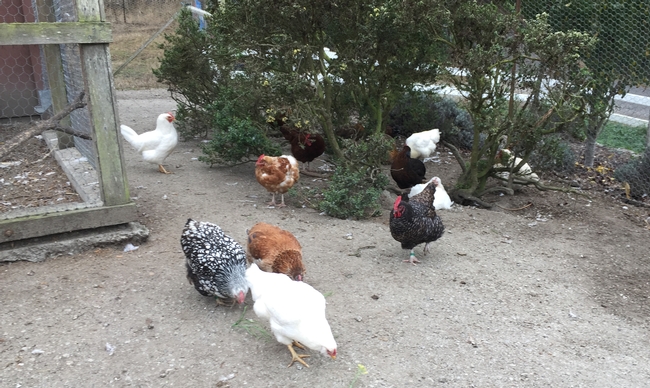
Posts Tagged: eggs
Of Monarch Eggs, Ladybug Eggs and Oleander Aphids
So you're growing milkweed for the first time--or found some milkweed--and you're trying to figure out how to identify a monarch egg. Monarchs lay their eggs on the underside of milkweed leaves--generally--but we've seen them on stems and on the leaf edges. They usually deposit a single egg...
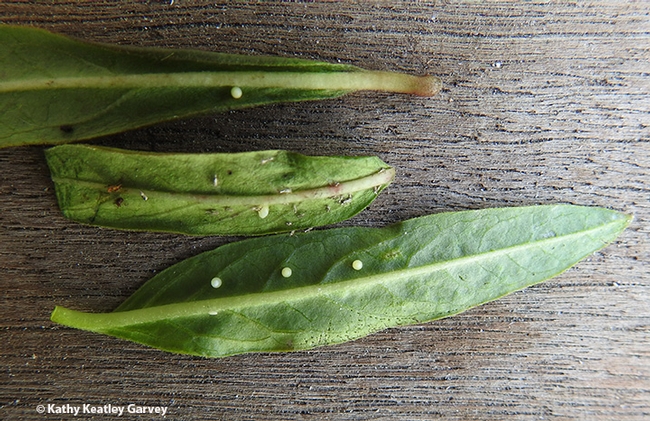
Monarch eggs are usually one to a leaf, but sometimes Mama Monarch deposits multiple eggs on a single leaf. (Photo by Kathy Keatley Garvey)
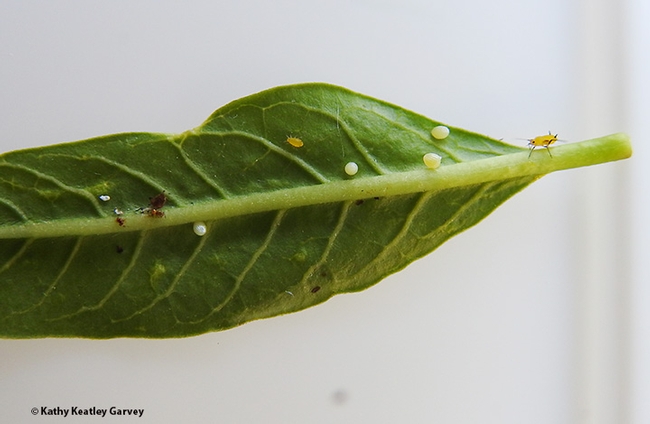
Find the oleander aphids! Monarch eggs and oleander aphids both occupying a leaf. (Photo by Kathy Keatley Garvey)
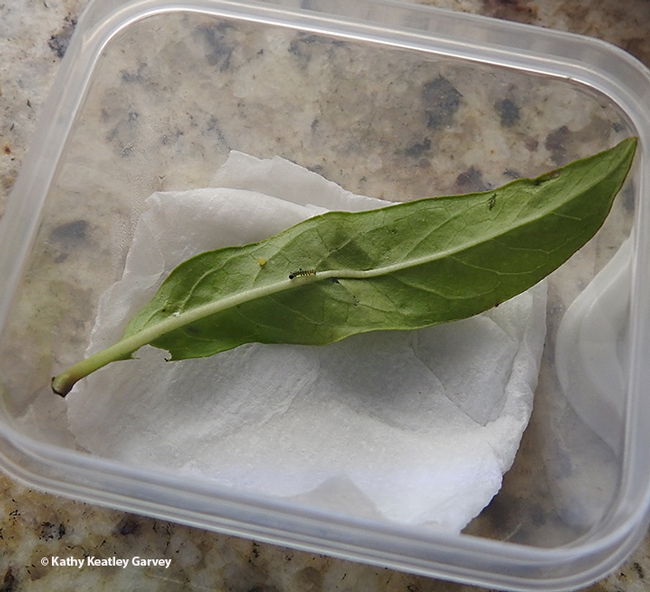
An egg and a newly emerged caterpillar sharing a leaf. (Photo by Kathy Keatley Garvey)
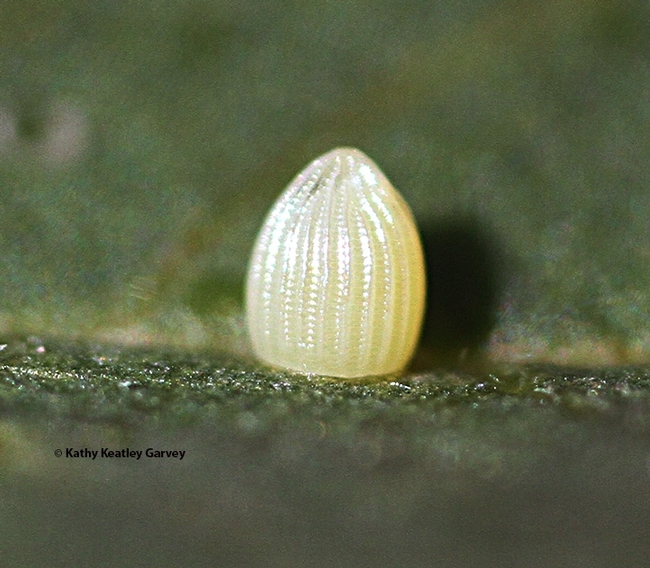
Close-up of a monarch egg. This image was taken with a Canon MPE-65mm lens. (Photo by Kathy Keatley Garvey)
Of Skittles and Magnolia Leaves and Mosquito Eggs
Quick! Can you think of published research that involves Skittles, magnolia leaves and mosquito eggs? If you've been following the innovative work of agricultural entomologist and remote sensing technology researcher Christian Nansen, associate professor of entomology at the University of...
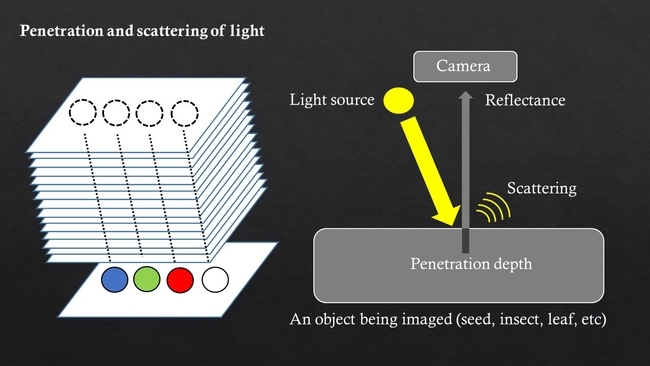
Christian Nansen of the UC Davis Department of Entomology and Nematology, illustrated his research paper, published in PLOS ONE, with this graphic.
Got backyard chickens? Get their eggs tested for free
Californians who raise poultry outdoors are invited to get their eggs tested for contaminants.
To find out if harmful substances on the ground that are eaten by birds get passed along in the eggs they lay, Maurice Pitesky, UC Cooperative Extension poultry specialist at the UC Davis School of Veterinary Medicine, is providing free egg testing.
“We're trying to understand the connection between the environment that backyard poultry are raised in and the eggs they are producing,” Pitesky said.
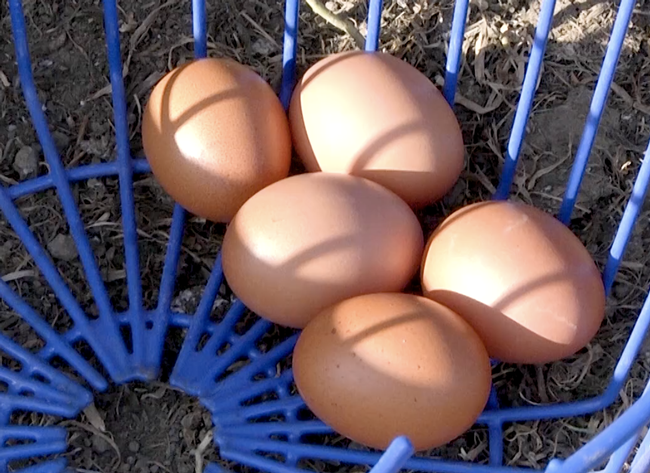
Eggs from counties recently affected by wildfires will be tested for chemicals, building materials and heavy metals that may have been carried in the smoke and ash. Pitesky and Puschner are also looking for lead and PCBs in eggs from certain regions of the state.
The UC Cooperative Extension poultry specialist will share individual egg results with each poultry owner. At the end of the study, all of the results will be summarized and made available to the general public.
Pitesky describes the project in a video produced by CropMobster for UC Davis School of Veterinary Medicine and UC Agriculture and Natural Resources. Watch the video at https://youtu.be/3ZlytlUIS3I.
For more information about the study and how to package and ship eggs, visit http://ucanr.edu/eggtest.
Residents in Sonoma County may drop off eggs at the UC Cooperative Extension office at 133 Aviation Blvd Suite 109 in Santa Rosa. The UCCE office in Sonoma County is open Monday through Friday from 8 a.m. to noon and 1 p.m. to 4 p.m.
Bird flu in the Midwest causing egg prices to rise
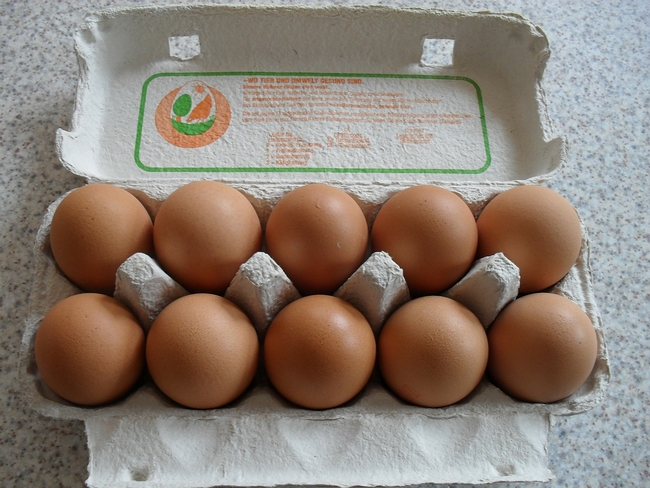
"And they're not, for the most part, affected by the disease, but they can be carriers of it," Pitesky said. "It means we're euthanizing those flocks that are affected."
The story said 40 million laying hens, one-eighth of the country's laying population, had to be euthanized, dramatically reducing the egg supply. Turkeys are still more susceptible to the condition.
“Turkey prices are going up also, and we're still not sure how that will affect turkey prices around Thanksgiving," Pitesky said.
California chickens haven't been hit by bird flu, but they are producing fewer eggs because new laws went into effect this year requiring more room for hens to move around, reducing some farms' capacity.
Stink Bugs Do It, Too!
"Birds do it," sang Ella Fitzgerald. "Bees do it..." "Even educated" (insert "stink bugs") "do it." But she didn't sing that; that wasn't part of Cole Porter's lyrics. But it's true. Stink bugs do it. Unfortunately. We'd rather they NOT. These shield-shaped insects feed on such crops as...

Red-shouldered stink bugs mating. (Photo by Kathy Keatley Garvey)
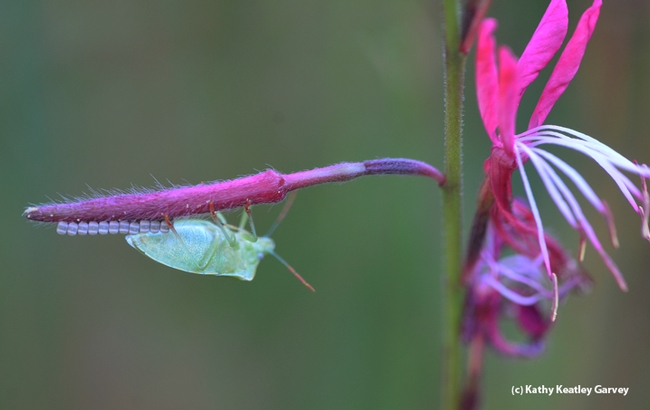
Stink bug laying eggs on a guara stem. (Photo by Kathy Keatley Garvey)

Close-up of stink bug eggs on a guara stem. (Photo by Kathy Keatley Garvey)

